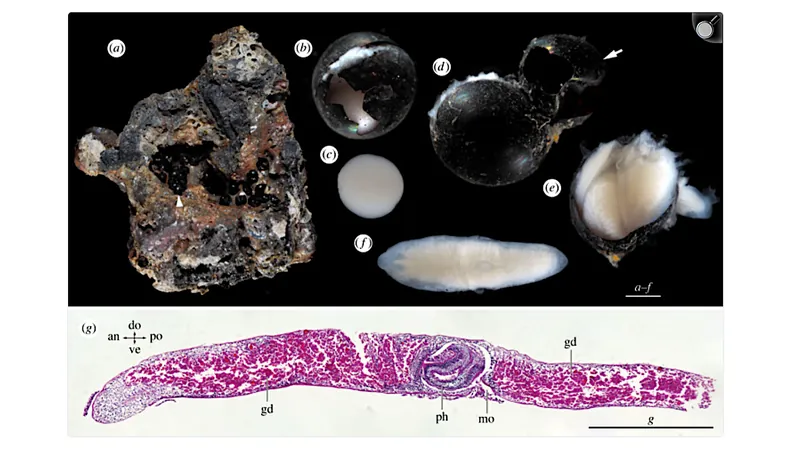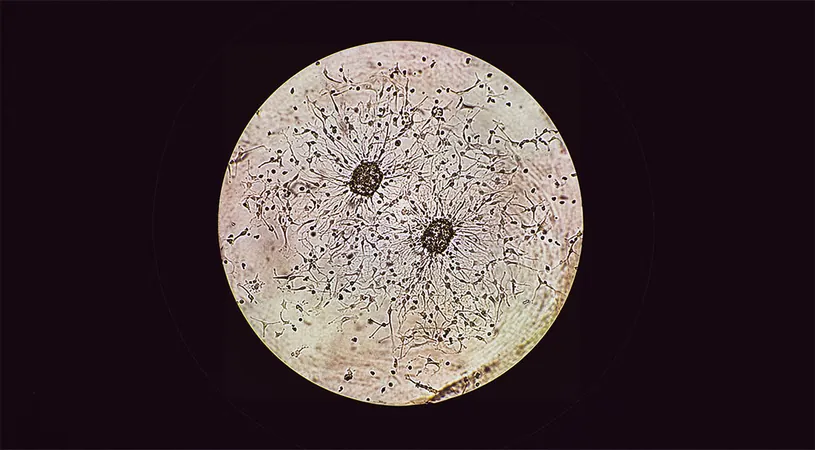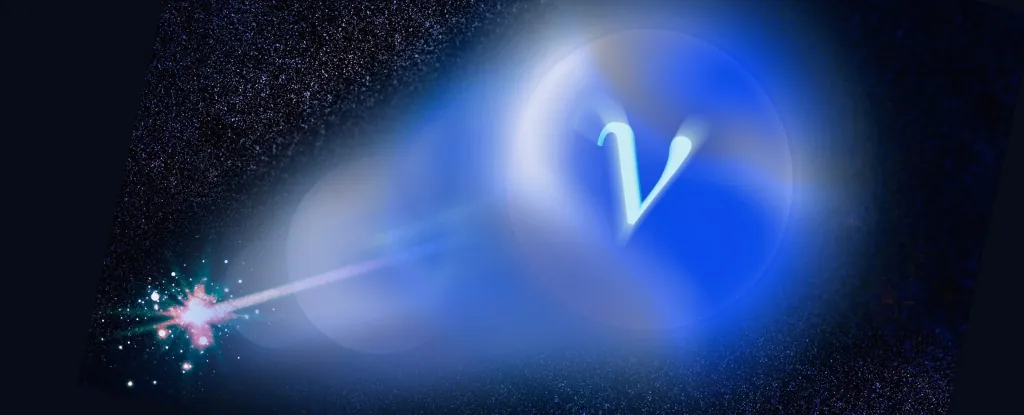
Unveiling the Extreme: Flatworm Cocoons Found in the Deepest Ocean Depths!
2025-09-11
Author: Li
A Groundbreaking Discovery in the Abyss
Scientists have recently uncovered flatworm egg capsules, also known as cocoons, at staggering depths of over 6,000 meters in the abyssal slope of the Kuril-Kamchatka Trench in the northwestern Pacific. This remarkable finding not only sheds light on the adaptations of life in extreme conditions but also signals a new chapter for our understanding of marine biology.
What Are These Mysterious Egg Capsules?
The discovered cocoons are black and spherical, measuring around 3 millimeters in diameter. Inside, they house three to seven flatworm embryos, each at similar stages of development—either spherical, resembling a putative early embryo, or vermiform, indicative of a later developmental stage.
A Leap into the Unknown: Molecular Insights
Through a detailed molecular phylogenetic analysis of 18S and 28S rRNA sequences, researchers identified these flatworms as belonging to the suborder Maricola within the Tricladida group. Surprisingly, evidence suggests they may have migrated from shallower waters to these extreme depths.
Changing Our Perception of Life in Extremes
This groundbreaking study marks a significant milestone as it provides the deepest record documented for free-living flatworms, alongside invaluable insights into their early life stages. Remarkably, the embryonic development observed in these abyssal flatworms closely mirrors that found in their shallow-water counterparts.
Implications for Future Space Exploration
As we prepare to explore remote ocean worlds like Europa and Enceladus, understanding how life adapts to Earth’s extremes equips us with crucial knowledge about where and how to search for extraterrestrial life. The physiological and ecological challenges these flatworms face in the deep sea may hold keys to deciphering life's resilience in the uncharted realms of our solar system.


 Brasil (PT)
Brasil (PT)
 Canada (EN)
Canada (EN)
 Chile (ES)
Chile (ES)
 Česko (CS)
Česko (CS)
 대한민국 (KO)
대한민국 (KO)
 España (ES)
España (ES)
 France (FR)
France (FR)
 Hong Kong (EN)
Hong Kong (EN)
 Italia (IT)
Italia (IT)
 日本 (JA)
日本 (JA)
 Magyarország (HU)
Magyarország (HU)
 Norge (NO)
Norge (NO)
 Polska (PL)
Polska (PL)
 Schweiz (DE)
Schweiz (DE)
 Singapore (EN)
Singapore (EN)
 Sverige (SV)
Sverige (SV)
 Suomi (FI)
Suomi (FI)
 Türkiye (TR)
Türkiye (TR)
 الإمارات العربية المتحدة (AR)
الإمارات العربية المتحدة (AR)